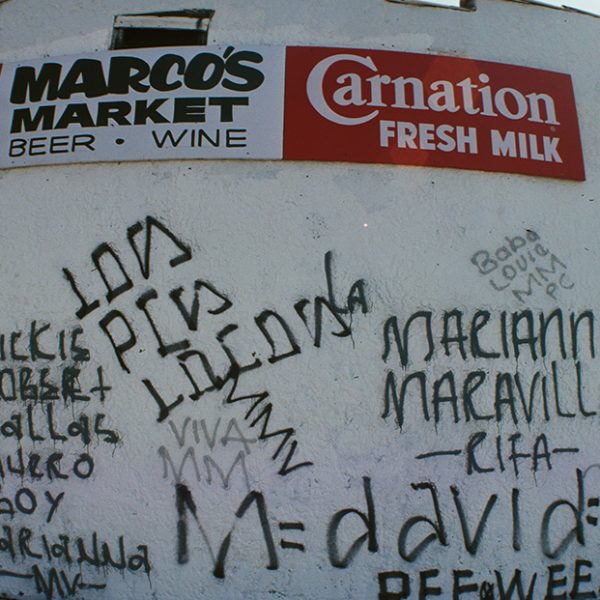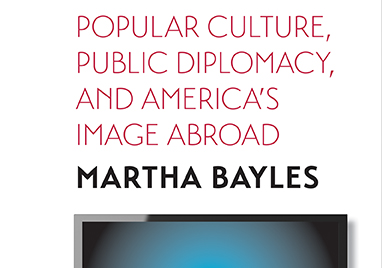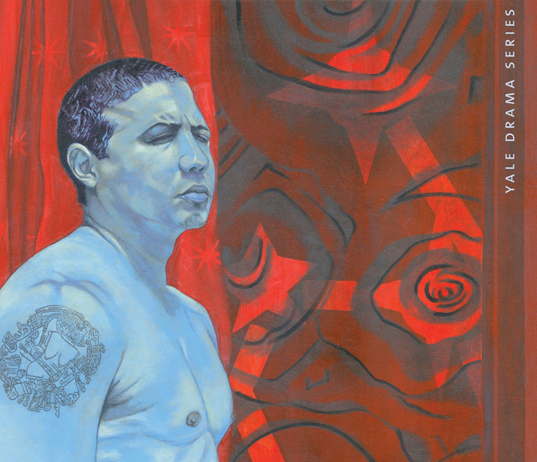Underneath the Hollywood Sign
 About a hundred years ago in Los Angeles, some of its boarding houses hung signs that read, “No Jews, actors, or dogs allowed.” Movies entertained the lower classes only, and major film companies produced in Philadelphia. When Charlie Chaplin built the first big studio in Hollywood in the early twentieth century, some people feared property values were going to drop. Leo Braudy’s The Hollywood Sign: Fantasy and Reality of an American Icon explores not only the history behind the Californian landmark but also the improbable rise to fame of both it and its town.
About a hundred years ago in Los Angeles, some of its boarding houses hung signs that read, “No Jews, actors, or dogs allowed.” Movies entertained the lower classes only, and major film companies produced in Philadelphia. When Charlie Chaplin built the first big studio in Hollywood in the early twentieth century, some people feared property values were going to drop. Leo Braudy’s The Hollywood Sign: Fantasy and Reality of an American Icon explores not only the history behind the Californian landmark but also the improbable rise to fame of both it and its town.
Hollywood today, of course, signifies much more than a physical place. For the international community, the glamorous onscreen lifestyles constitute a large portion of other nation’s perceptions of the United States. If “Hollywood” is on the evening news, it’s because somebody’s off to rehab, court, or the altar (again). What’s actually being shown on the screen, and the companies that produced the reels, seem to only comprise half of what the name means. How much did the Hollywood sign have to do with creating an umbrella term for blockbuster sales, actors’ private lives, and anywhere the red carpet is unrolled?
Quite a bit, as Braudy explains, along with its supporters, luck and aggressive marketing. Oddly enough, the Hollywood sign was not meant to lure actors or directors. Most of us would agree with Anita Loos’s description of the town’s name as “the epitome of glamour, sex, and sin in their most delectable forms.” Developers of “Hollywoodland,” however, initially advertised the neighborhoods as family-oriented. Hoping to draw recent immigrants away from the overcrowded, unhealthy East Coast cities, developers in the 1920s promoted the rural area as safe for the children. Yet Braudy tells us that the movie business was already burgeoning at the time, suggesting that the advertisers were engaging in their own brand of Hollywood illusion.
The sign and the town have each experienced rebranding, changing with the decades’ demands. The former changed from painted wood to white metal, the wording purposefully switching from “Hollywoodland” to “Hollywood” to “Hollyweed” (temporarily). Temperance activists, producers, and classic and classless actors have contributed to the aura of the latter. Both have been what people needed them to be: perfect for a place and a people dedicated to selling fantasy.

























